An unleavened flatbread, the East African Chapati is flaky and tender inside with a crispy outside. Though East African Chapati originated from the Indian Chapati, it is slightly different from it in the use of oil as part of the ingredients and the type of flour used.
The East Africans use plain all-purpose flour, while the Indians use whole wheat flour. In fact, it is closer to the Indian Paratha in its ingredients and mode of rolling.
After making a post on the Green Amaranth chapati, I decided to do one on the regular lovely chapati.
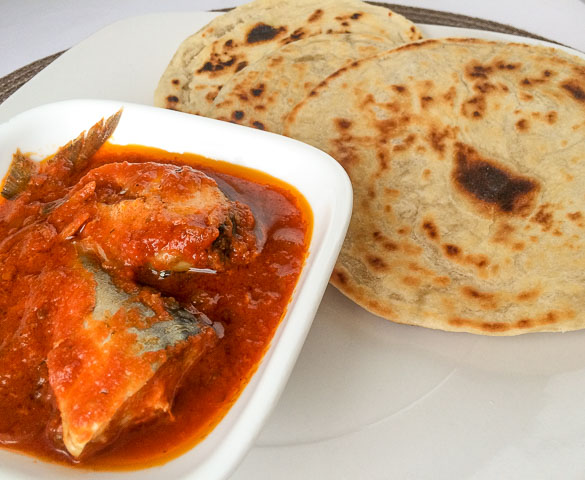
East African Chapati can be served with different curries eg goat curry, vegetable sauce, Beef liver sauce, pepper sauce and stews, it can be eaten with tea or coffee for breakfast, also served with drinks or with a salsa like I do most of the time.
To make East African Chapati
3 cups flour 1 teaspoon salt 3 + 2 tablespoons vegetable oil 1 cup warm water sugar (optional) oil for roasting
In a bowl, mix flour and salt, then add 3 tablespoons oil and mix very well.
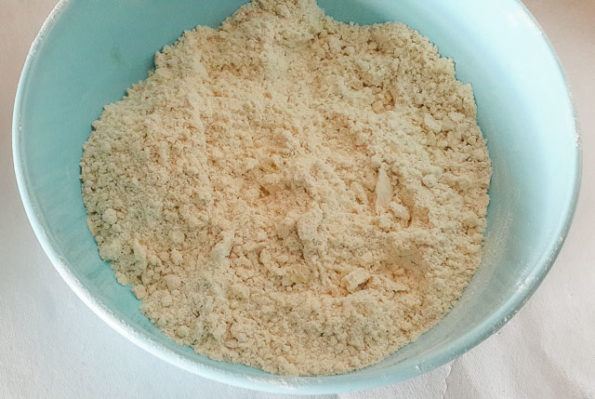
Add warm water and mix to get a soft, slightly sticky dough.
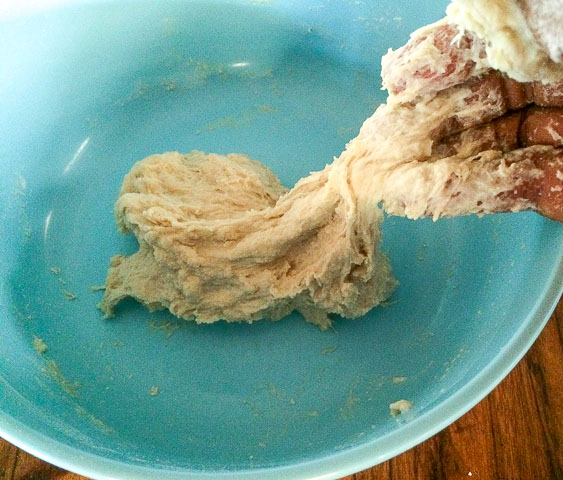
Place dough on a lightly floured surface and knead until it is smooth, soft and elastic, drizzle 1 teaspoon of oil to make kneading easier.
This will take anywhere from 10 to 15 minutes.
The dough hook of a food processor or hand mixer can be used if available.
Place in a greased bowl, cover with plastic wrap and leave to rest for 30 minutes.
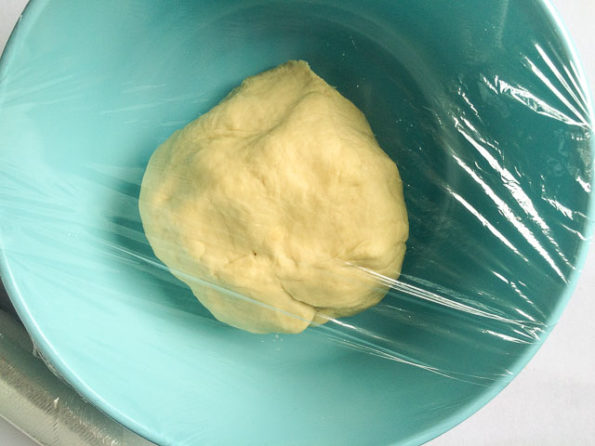
Cut dough into 12 pieces, place each piece of dough on a lightly floured surface, and roll out into a circle, the best you can.
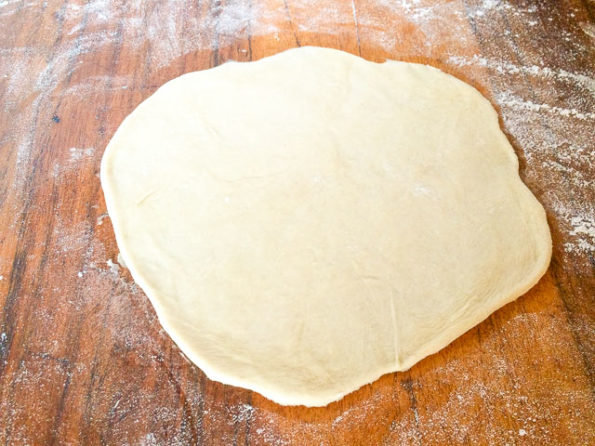
Brush surface with oil, sprinkle flour over the oiled surface and roll up as tightly as you can.
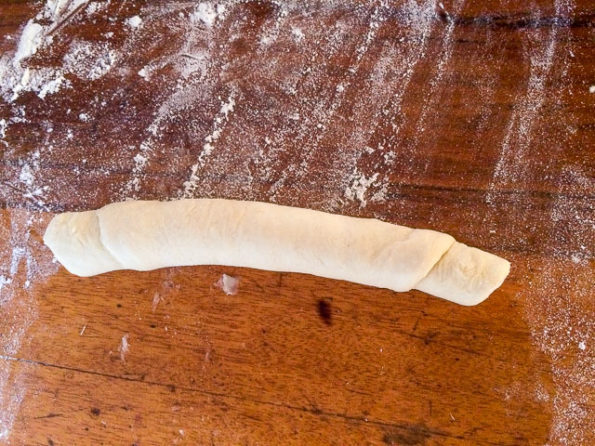
Roll this into a wheel, tuck the tip into the centre.
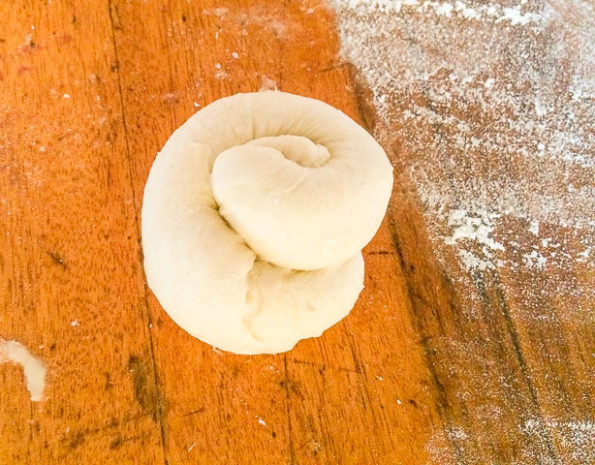
Cover with a damp cloth and set aside to rest for 10 minutes.
Place a crepe pan or frying pan over medium heat.
Sprinkle a few drops of water on the pan, if they sizzle and evaporate, the pan is hot enough.
Using a rolling pin, roll one wheel into a disc starting from the centre. This helps create the layers of dough typical of the East African chapati. If the dough is rolled too thin, the chapati will be hard.
Place the dough disc on the hot pan, while the bottom is toasting, brush oil all over the top getting to the edges.
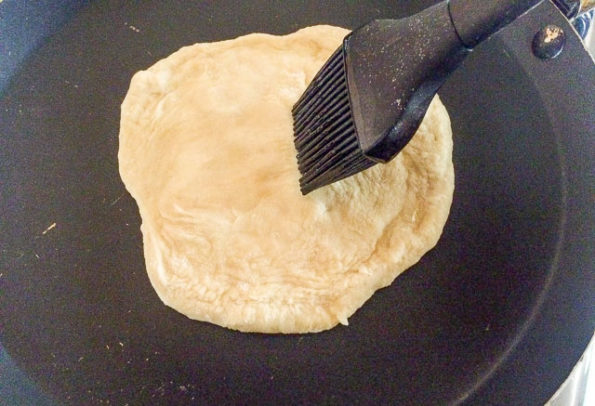
When bubbles form and the bottom is dry with brown patches, flip the chapati and toast the other side, rub oil on the cooked side.
The chapati should be ready in 2-3 minutes total, or else it will be hard.

Remove to a plate. Keep rolling and toasting until all the dough has finished.
Enjoy your East African chapati
Note
- It is important not to overcook chapati, overcooking will make the chapati tough.
- Also, make sure to rest and relax your dough so it will be easy to roll and will be soft.
- If the dough is rolled too thin, the chapati will be hard.
- Don’t skimp on the oil.
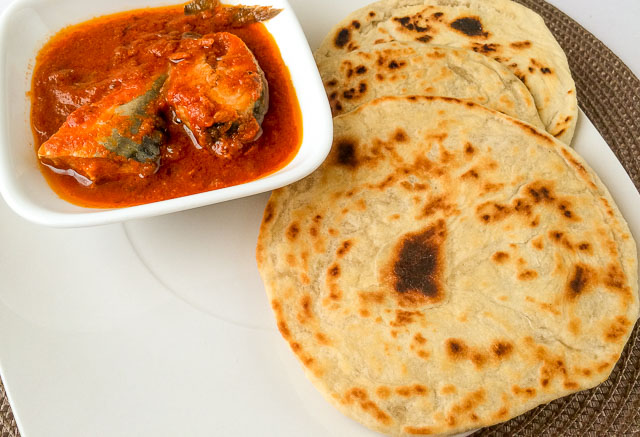
If you enjoyed my East African Chapati, you will also enjoy my East African Green Amaranth Chapati, Diet-Nigerian pancake, Sweet corn fritter and Sweet potato-tuna fritters.
Do you have any comments, questions or suggestions, please leave a comment below.
Subscribe to the blog for instant notifications of new recipes.
Please share this recipe using the share buttons.
Follow on Instagram: @thepretendchefofficial, Twitter: @thepretendchef Facebook: https://web.facebook.com/thepretendchef/, Pinterest: https://www.pinterest.com/thepretendchef/
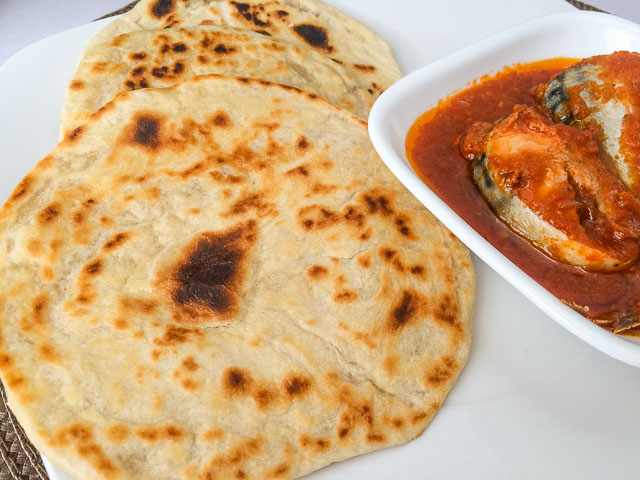
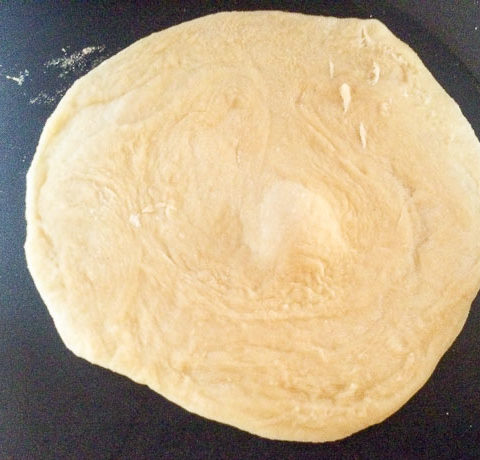
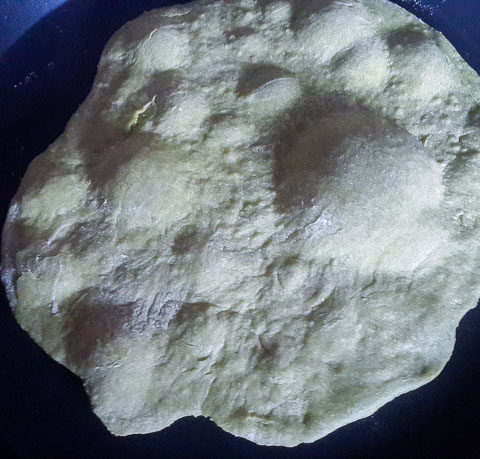
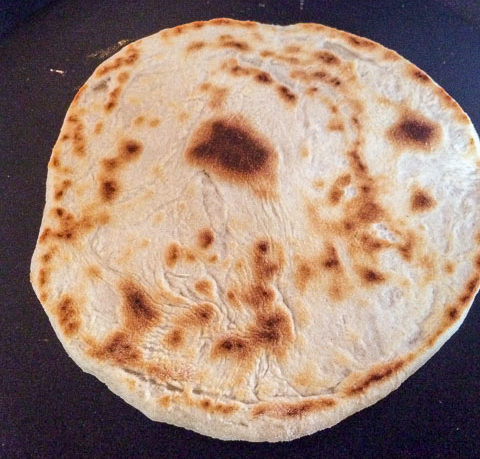
 I am Ganiru, a wife, a mother, a food blogger, a chef, an author and an accountant. I love to cook and write about food, especially Nigerian and afro-centric food...
I am Ganiru, a wife, a mother, a food blogger, a chef, an author and an accountant. I love to cook and write about food, especially Nigerian and afro-centric food...
Pingback: Awara cabbage salad (Tofu Cabbage Salad) - The Pretend Chef
Pingback: Spicy roasted green pepper sauce - The Pretend Chef
Pingback: Beef liver sauce recipe - The Pretend Chef